Overview
Persistent pain (sometimes called chronic pain) is described as pain that lasts for 3 months or more despite standard medical treatment.
It is surprisingly common and affects 1 in 5 people and the cause for the ongoing pain is no longer related to tissue damage, but due to an over sensitive pain protective system. This system can be influenced by multiple things including thoughts, feelings and beliefs as well as confidence to move the painful area again.
Persistent pain can be in specific part of the body like the back, shoulder or legs, or throughout the whole body. Pain may be constant or vary in its level. It can flare up or become worse very quickly and often for no obvious reason. You can often experience other symptoms as well as pain, including numbness, burning or electric shocks.
Although persistent pain can be more complex, it can still be improved through understanding pain better and changing the way you approach it. Start tackling your persistent pain today by learning more about pain, how to cope better and treat it yourself.
Watch this 5-minute video for starters and then learn even more about your pain and ways to improve things in the other sections.
Types of persistent pain
Unlike the other body regions, you cannot divide persistent pain into different types as the reason for ongoing pain is less related to tissue damage and more as a result of an over sensitive pain system, which can often be due to many factors.
Persistent pain can be experienced anywhere in the body although the most common areas are the back and neck regions.
We all have experienced pain at some point in our life and it is an essential function of the nervous system, providing the motivation for us to act and protect the body.
It is a very unique experience to each of us and your pain will not be same as your family and friends.
Our understanding of persistent pain has increased over recent years and it is important that people living with pain also learn about these scientific findings as this has been proven to help reduce pain and give you more control over things.
The Self Help section has lots of information that will guide you in different ways to cope with symptoms and improve your functional ability so you follow the path to recovery below:
Self help
Evidence has shown that people who understand their Musculoskeletal health problem and take an active involvement to help themselves have a much better outcome.
Here are some really helpful leaflets, videos and useful links to other websites that have been approved by our physiotherapists so that you can start getting better with your persistent pain today!
This information is not intended or implied to be a substitute for professional medical advice, diagnosis or treatment if required. All content is for general information purposes only.
leaflets
Videos
Useful Links
- Public health campaign to change the way you think about, talk about and treat persistent pain to improve the lives of you and your loved ones forever.
- Excellent resource for people with persistent pain to help you understand your pain better, listen to real stories of people sharing their lived experience of recovering from pain and start learning how to retrain your pain system.
- You are not alone! A support guide for mind and movement for people with persistent pain and mental health issues. Learn the Top 5 Tips for feeling better.
- Visit here for more resources for people living with persistent pain to support your long term effective self-management.
- Learn 10 ways to reduce your pain. Get some useful pain-relieving tips today – no tablets required!
- A comprehensive resource for people who live with persistent pain and healthcare professionals who support them. The Pain Toolkit helps people all over the world self-manage and cope with persistent pain.
- How protective are you about your pain? Visit this website for more information, including the Protectometer handbook and app, if you want to learn more.
- Discover ways to manage persistent (chronic) pain better.
- Further support for people living with persistent pain including UK-based patient organisations.
- Read about real patient’s positive stories of how they regained control of their pain and their lives by understanding and addressing the factors involved in their persistent pain problem.
- If you feel your mental health is the cause or is being affected by your persistent pain, visit NHS Website – Health in Mind for further help and support including online self-referral if you require access to talking therapy treatments and live in the appropriate Essex region.
- MoodGym is an interactive online self-help programme designed to help people prevent and manage symptoms of depression and anxiety whether related to their persistent pain or not.
Further Support
If your persistent pain or ability to do thing things is still not improving despite following the advice and guidance provided on the website for up to 6 weeks, you may require further help and support from your GP, Physiotherapy Service or other healthcare professional you may already be seeing for your pain.
Seek medical help if your symptoms have not been assessed by a healthcare professional and you’re struggling to manage the pain yourself to check whether investigations are required.
Blood tests, X-rays and scans are rarely needed although sometimes pain medication may be required for a short period whilst you get moving and gradually return to normal activities.
FAQs



























